The market for Drink cans is a substantial sector within the broader beverage packaging industry. The increasing demand for beverage cans can be attributed to their convenience, sustainability, and cost-effectiveness. This market plays a vital role in offering packaging solutions for a variety of beverages, such as carbonated drinks, alcoholic beverages, and ready-to-drink products. Factors like the growing preference for on-the-go consumption among consumers and the expansion of the beverage industry, particularly in developing countries, contribute significantly to the market’s significance. Furthermore, the trend towards using recyclable and environmentally friendly packaging materials adds to the appeal of beverage cans. Ultimately, the global beverage cans market is essential for fulfilling consumers’ packaging requirements while addressing concerns about sustainability.
Beverage containers, known as drink cans, are specifically crafted for holding various types of drinks, notably carbonated beverages, as well as non-carbonated options such as coffee, tea, and energy drinks. These containers, usually crafted from aluminum or steel, offer a practical and mobile solution for storing and enjoying drinks. With their slender, lightweight, and robust design, drink cans are easy to carry and perfect for consumption on the move. The ma nufacturing process of these cans involves shaping, coating, and printing to maintain their quality, cleanliness, and visual appeal. Recent technological progress has enhanced the sustainability of drink cans through recycling programs and the use of environmentally friendly materials.
In 2023, the global market valuation for drink cans was estimated at USD 57.5 billion. It is projected to exhibit a Compound Annual Growth Rate (CAGR) of 7.79% from 2024 to 2033, reaching an anticipated value of USD 121.9 billion by 2033.
Research findings indicate that the Asia Pacific region is poised to take the lead in the global beverage cans market. This projected dominance is fueled by factors such as substantial population growth, increasing disposable incomes, rising consumption of canned drinks, and a rapid pace of urban development in nations like China and India. As a result, the Asia Pacific region stands out as a key player with immense market potential and escalating demand, positioning it at the forefront of the global beverage cans market.
The expected to lead the Global Drink Cans market is the category of cans with a capacity of “Up to 200 ml.” This projection is based on the growing demand for smaller-sized drink cans, particularly for products like energy drinks, carbonated soft drinks, and ready-to-drink beverages. Consumers favor smaller cans for their convenience and ease of portability, enabling them to enjoy their favorite drinks while on the move. Additionally, the compact dimensions of these cans make them ideal for regulating portions, thereby promoting healthier drinking behaviors. Consequently, it is anticipated that the “Up to 200 ml” capacity will take precedence in the Global Drink Cans market.
In terms of the different types of cans—1-Piece, 2-Piece, and 3-Piece—the likely dominant choice in the global drink cans sector will be the 2-Piece Cans. These cans strike a balance between cost-efficiency and robustness, making them a popular choice in the beverage packaging industry. Furthermore, 2-Piece Cans have a lower environmental impact compared to 3-Piece Cans, appealing to environmentally conscious consumers and businesses.
Within the content categories of the Global Drink Cans market, the set to excel is Non-Alcoholic Beverages. Heightened health awareness and evolving consumer preferences towards non-alcoholic options have bolstered this . Furthermore, the wide array of non-alcoholic beverages available in the market, coupled with their convenience and portability in drink cans, has further fuelled their popularity, positioning them as the leading category in the Global Drink Cans market.
Ball Corporation revealed their purchase of Aerocan on March 25, 2021, a renowned player in the aerosol packaging industry, in a move aimed at bolstering their presence within the beverage can sector.
In a groundbreaking development on January 12, 2022, Crown Holdings Inc. introduced their innovative NextGen Sustainable Packaging Technology, a game-changer that enhances the eco-friendliness of beverage cans.
Ardagh Group disclosed on November 18, 2021, their collaboration with Lactalis Nestlé to manufacture an innovative series of infant nutrition cans leveraging their state-of-the-art NitroCan technology.
Leading the drink cans market are Crown Holdings Inc., Ball Corporation, Ardagh Group S.A., CAN-PACK SA, CCL Industries Inc., Toyo Seikan Group Holdings Ltd., Tetra Pak International S.A., Silgan Holdings Inc., Kian Joo Can Factory Berhad, and Baosteel Group Corporation. These prominent entities are instrumental in producing and distributing top-tier drink cans catering to diverse beverage needs on a global scale.
www.adroitmarketresearch.com


